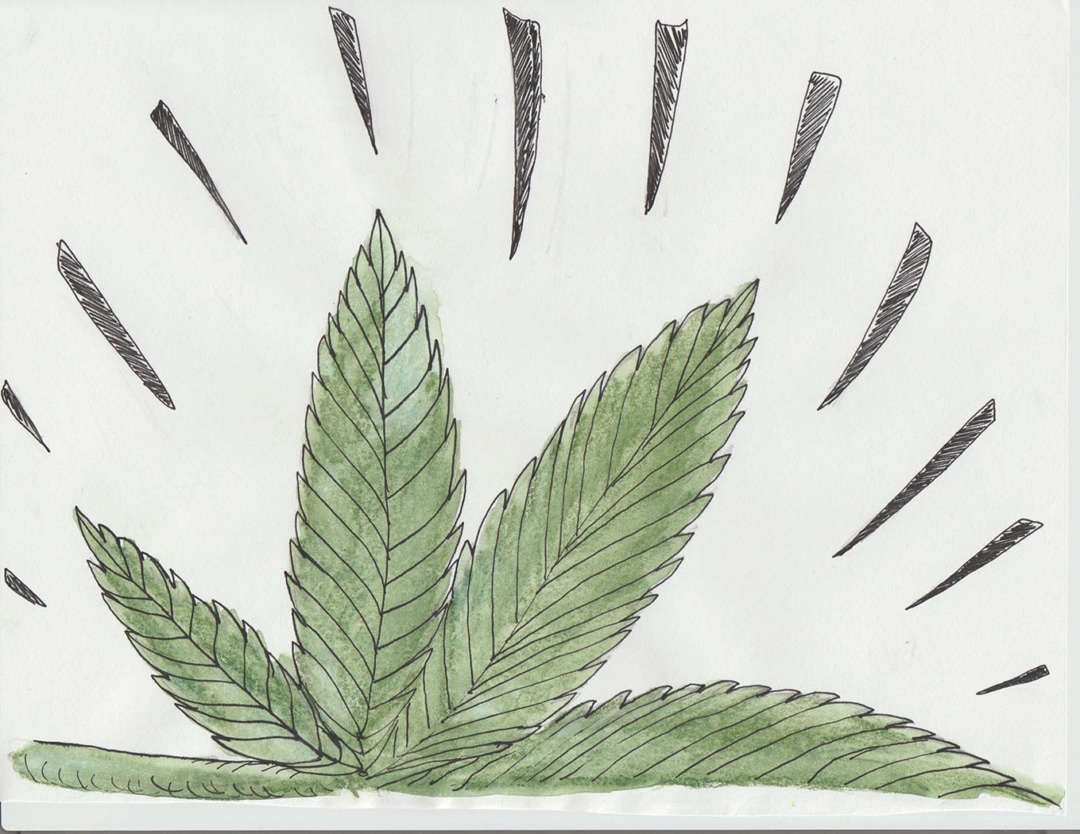On November 10, the Canadian federal government announced an excise tax plan that will be implemented when marijuana is legalized next summer. The plan proposed an excise tax of $1 per gram, or 10 per cent of the producer’s sale price, with the higher amount of the two being charged.
The plan is still in its consultation stage, and there are sure to be many changes over the next few months. Hopefully the fact that education and prevention tactics provide better long-term solutions to addressing substance abuse than punitive mechanisms will guide future discussions about the tax plan.
Moving forward, marijuana legalization should be approached mainly as an issue of public health — the revenue from legalization can play a major role in ensuring appropriate solutions to substance abuse are implemented.
In a November 2016 report entitled “Legalized Cannabis: Fiscal Considerations,” the Parliamentary Budget Officer estimated that sales tax revenue for legal marijuana could be as high as $959 million in its first year. While it is unlikely that this figure will be reached due to initial legalization costs, it doesn’t include potential revenue from an excise tax.
Sales and excise taxes combined could make the almost $1 billion goal an achievable reality.
Meanwhile, substance abuse continues to be a costly problem for the government and citizens alike. The Canadian Centre on Substance Abuse (CCSA) claims that substance abuse and addiction isn’t an isolated problem — it burdens our health care, law enforcement, and criminal justice systems, as well as our overall productivity as a society.
This doesn’t even begin to cover the unquantifiable human costs of substance abuse either, such as decreased life expectancy or disruption of family life.
In 2006, the CCSA released a report titled “The Costs of Substance Abuse in Canada 2002.” The results were harrowing: the total annual societal costs of substance abuses was $39.8 billion. Our flailing health care system has struggled to keep up with substance abuse issues for years. A 2014 CCSA study,
“The Impact of Substance Use Disorders on Hospital Use,” showed a 22 per cent increase in hospital costs for substance abuse-related issues from $219 million in 2006 to $267 million in 2011. This included $14 million in hospital costs along with a 39 per cent increase in days spent in the hospital for marijuana users.
These reports speak to a need for a more effective and efficient system to combat substance abuse and addiction problems. While it would be misleading to equivocate the repercussions of marijuana abuse and those associated with hard drugs, the sheer amount of revenue the government will be bringing in from marijuana legalization can be redirected to alleviating the problems associated with substance abuse in general.
The current tax plan calls for a 50-50 split of the revenue between the federal and provincial governments. Provinces spoke out against this plan immediately, stating that they deserve a bigger portion of the revenue given that they are responsible for most of the work and costs associated with implementing legalization.
Municipal governments have also argued that, because they cover almost 60 per cent of Canada’s policing costs, the revenue should be directed to cities to help offset them.
Both of these claims mention the enforcement aspect of legalization, which remains a part of the government’s marijuana regulation strategy. Yet if there is one thing the ‘War on Drugs’ has taught us, it is that cracking down on drug use via highly punitive enforcement measures is an inadequate solution.
Punitive measures can also be extremely costly. A 2005 report by the Health Officers Council of British Columbia found that for every $5 spent on treatment, the federal government spent $95 on enforcement. There are substantial costs, financial and otherwise, associated with incarceration in particular.
In contrast, education and prevention programs deal with reducing harm by destigmatizing substance abuse so that people can get the help they need. This approach can be highly beneficial, particularly when it supersedes harsher measures. An example of this is Vancouver’s Four Pillars drug strategy, which has been successful in preventing the spread of infectious diseases, overdose deaths, and public drug use by focusing on the combined principles of harm reduction, prevention, treatment, and enforcement.
This strategy recognizes the need for policing while emphasizing a preference for non-punitive measures where possible. In this model, police officers connect non-violent offenders with health services instead of incarcerating them, a method that has been commended by the city’s Drug Treatment Courts.
Accordingly, the federal government should devise a tax plan that prioritizes funding education and prevention programs over law enforcement strategies — not just for marijuana, but for all substances. Adopting this approach to countering substance abuse and addiction and using marijuana tax revenue to finance it has the potential to increase public awareness about marijuana and how to use it safely.
It could also lower the need for extensive policing and other enforcement costs. Legal substances, which will soon include marijuana, are the most abused in Canada — almost four times as much as their illegal counterparts — and it makes sense to use the money reaped from legalization to prevent harmful misuse.
If the federal government wishes to make the best use of marijuana tax revenues, they must prioritize investing those funds in the fight against substance abuse and addiction. Diverting more funding to law enforcement is unlikely to achieve this goal.
Fortunately, the consultations for the excise tax framework are ongoing, and I would encourage students to get involved in the process. Individuals and groups who wish to present their own ideas about the framework can review the relevant documents at the Department of Finance website and send written comments by email until December 7.
credit:420intel.com

